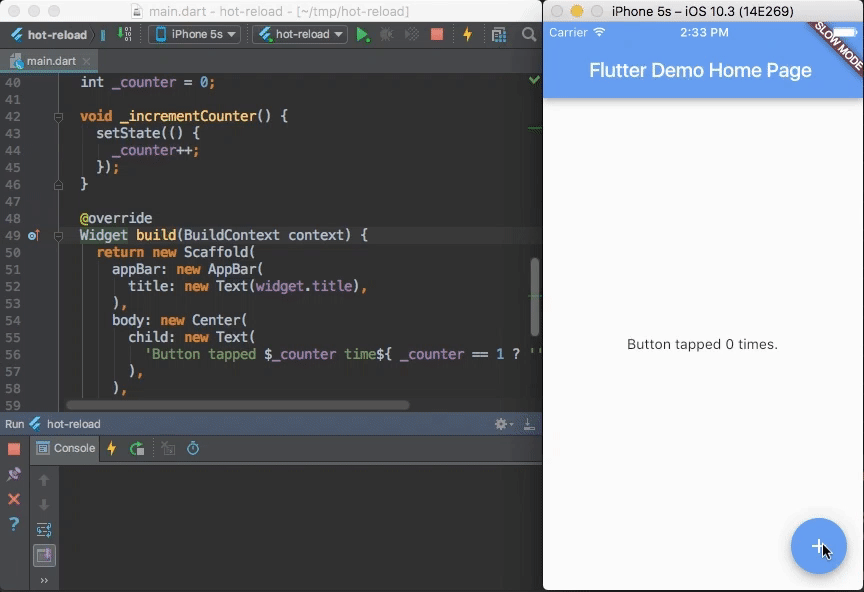This logic is described in the test as looking for a scroll ending very close to a new page, but in fact its behavior is more like "very close to a page to the right": if we're not very, very close to any page, it will pick the page to the left, not an old page. There's no reason this should be left-right asymmetrical. Instead, pick the nearest page. In practice, the case where this makes a difference never arises when the scroll runs undisturbed to completion; but when the user taps on the page to hold or drag, the scroll will be interrupted before it gets within tolerance of a particular page, and this case does arise. This fixes a glitch that is hard to trigger without time dilation, but is quite conspicuous with it: * Open a tab view with at least 4 tabs, e.g. the Buttons screen of the gallery (with "Animate Slowly" on.) * Starting at tab 0, tap tab 2. * When the animation is nearly complete, tap the page a couple of times, as if to drag it around to scroll. Then let the page view settle ballistically toward page 2. * Before it finishes, tap tab 3. * Suddenly page 1 fills the view, replacing page 2, before we scroll from there to page 3. With this fix, the animation in the last step moves smoothly from where we are when it starts onward to page 3.
 Flutter
Flutter 




A new mobile app SDK to help developers and designers build modern mobile apps for iOS and Android. Flutter is an open-source project currently in beta.
Documentation
- Main site: flutter.io
- Install
- Get started
- Contribute
Fast development
Flutter's hot reload helps you quickly and easily experiment, build UIs, add features, and fix bugs faster. Experience sub-second reload times, without losing state, on emulators, simulators, and hardware for iOS and Android.

Expressive, beautiful UIs
Delight your users with Flutter's built-in beautiful Material Design and Cupertino (iOS-flavor) widgets, rich motion APIs, smooth natural scrolling, and platform awareness.
Browse the widget catalog.
Modern, reactive framework
Easily compose your UI with Flutter's modern functional-reactive framework and rich set of platform, layout, and foundation widgets. Solve your tough UI challenges with powerful and flexible APIs for 2D, animation, gestures, effects, and more.
class CounterState extends State<Counter> {
int counter = 0;
void increment() {
// Tells the Flutter framework that state has changed,
// so the framework can run build() and update the display.
setState(() {
counter++;
});
}
Widget build(BuildContext context) {
// This method is rerun every time setState is called.
// The Flutter framework has been optimized to make rerunning
// build methods fast, so that you can just rebuild anything that
// needs updating rather than having to individually change
// instances of widgets.
return new Row(
children: <Widget>[
new RaisedButton(
onPressed: increment,
child: new Text('Increment'),
),
new Text('Count: $counter'),
],
);
}
}
Browse the widget catalog and learn more about the functional-reactive framework.
Access native features and SDKs
Make your app come to life with platform APIs, 3rd party SDKs, and native code. Flutter lets you reuse your existing Java/Kotlin and ObjC/Swift code, and access native features and SDKs on Android and iOS.
Accessing platform features is easy. Here is a snippet from our interop example:
Future<Null> getBatteryLevel() async {
var batteryLevel = 'unknown';
try {
int result = await methodChannel.invokeMethod('getBatteryLevel');
batteryLevel = 'Battery level: $result%';
} on PlatformException {
batteryLevel = 'Failed to get battery level.';
}
setState(() {
_batteryLevel = batteryLevel;
});
}
Learn how to use packages, or write platform channels, to access native code, APIs, and SDKs.
Unified app development
Flutter has the tools and libraries to help you easily bring your ideas to life on iOS and Android. If you don't have any mobile development experience, Flutter is an easy and fast way to build beautiful mobile apps. If you are an experienced iOS or Android developer, you can use Flutter for your views and leverage much of your existing Java/Kotlin/ObjC/Swift investment.
Build
- Beautiful app UIs
- Rich 2D GPU-accelerated APIs
- Reactive framework
- Animation/motion APIs
- Material Design and iOS widgets
- Fluid coding experience
- Sub-second, stateful hot reload
- IntelliJ: refactor, code completion, etc
- Dart language and core libs
- Package manager
- Full-featured apps
- Interop with mobile OS APIs & SDKs
- Gradle/Java/Kotlin
- Cocoapods/ObjC/Swift
Optimize
- Test
- Unit testing
- Integration testing
- On-device testing
- Debug
- IDE debugger
- Web-based debugger
- async/await aware
- Expression evaluator
- Profile
- Timeline
- CPU and memory
- In-app perf charts
Deploy
- Compile
- Native ARM code
- Dead code elimination
- Distribution
- App Store
- Play Store
Learn more about what makes Flutter special in the technical overview.
Join us in our Gitter chat room or join our public mailing list, flutter-dev@googlegroups.com.



